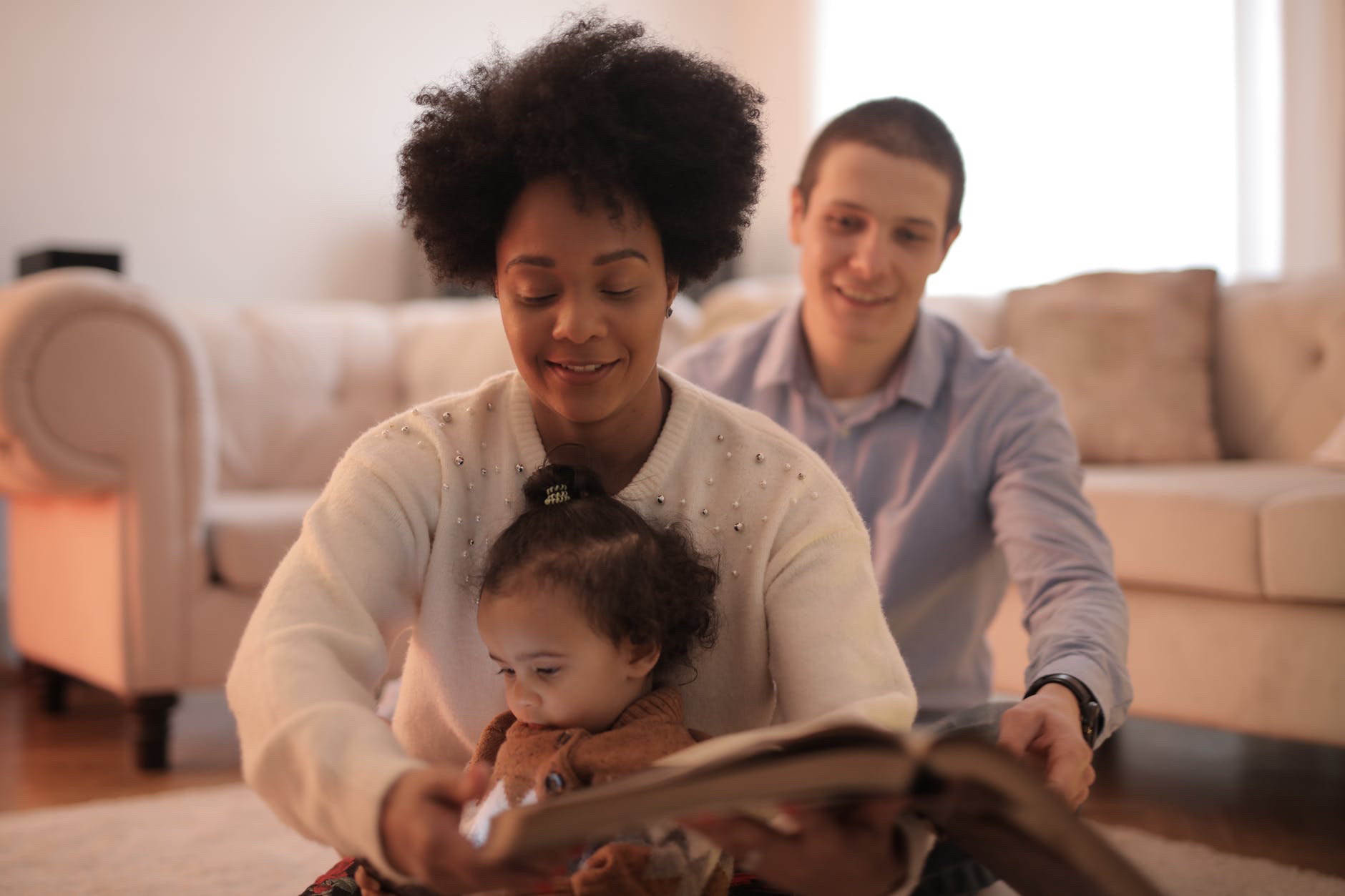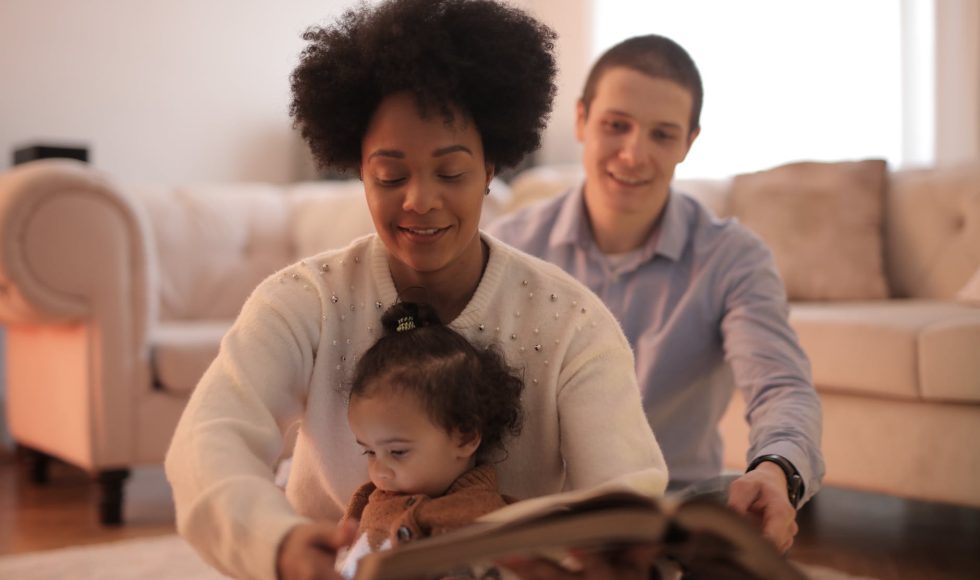Dr. Corrie Whitmore, Professor of Health Sciences at the University of Alaska Anchorage presented at the 2020 Lilly Conference on the use of storytelling as a high impact educational practice. The welcoming native land acknowledgement was beautiful, honest, and thoughtful! Whitmore recommended two books supported by the Ford Foundation and available online: Stop Talking, Dialogues and Start Talking. Whitmore explained how for thousands of years humans have used storytelling to pass on knowledge. Whitmore brought storytelling into the health policy course by revising the course syllabus and the overall approach. The storytelling framework was explicitly mentioned: language was used to share why storytelling was used. Key questions were asked and stories, including six word stories attributed to Hemingway (“for sake, baby shoes, never worn” were used for introductions and discussions. Another prompt Whitmore used was: what changed for you this semester? (in six words!). Community stories were shared by storytellers from the community explaining policy issues. Whitmore devotes a third of instructional time to storytelling. A prompt is provided to guest storytellers. Students experience stories to learn about policy changes in the community. Storytelling therefore provides place-based and indigenous instruction that is powerful! Students reported enjoying the story framework, mentioning the stories made learning more purposeful and how policy is everywhere. Whitmore went on to explain that storytelling can be used in other disciplines to make information more accessible. I agree and think case studies are a form of storytelling. Suggestions Whitmore provided included historical stories about a field or personal journeys. Storytelling helps make the information relevant. Whitmore mentioned that the “Stop Talking: Indigenous Ways of Teaching and Learning and Difficult Dialogues in Higher Education” is available at: https://bit.ly/3njGYnd
Whitmore ended by saying: “storytelling helps students understand how and why it matters”. What stories can help our students learn? I hope that the case studies we create have engaging stories that help students connect and understand the material.



